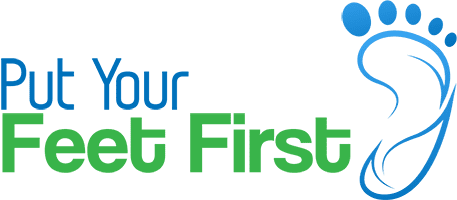 What is MIS Surgery?
What is MIS Surgery?
MIS stands for minimally invasive surgery. Don’t let the term scare you! This type of treatment is an improvement over traditional surgery. The incision is typically a fraction of the length of traditional surgery and it does not invade tendons or muscles as much as traditional surgery. Therefore the pain and recovery time is much less.
MIS for Podiatry
Scottsdale’s top podiatrist, Mark Forman, DPM, MBA, FAPWCA has been trained and certified in this procedure. His patients have had outstanding results due to it and have healed rapidly. The procedure is conducted in his Scottsdale office with his talented staff. Most procedures are for hammertoes and bunions.
Hammertoes
MIS is an excellent choice to combat hammertoes. Hammertoes are a result of a weak leg or foot tendons, ligaments, and muscles that connect to the toes. When legs are weak, the toes curl downward instead of lying flat.
Additionally, improper shoes, foot structure, arthritis, and injuries can all contribute to this abnormality.
Prevention
Scottsdale’s foot and ankle specialist, Dr. Mark Forman recommends a few simple tips to help prevent hammer toes from occurring.
- Wear proper fitting
- Make sure shoes support your foot
- Wear
- Massage your
- Stretch your legs
- Ensure blood circulation by moving around
Bunions
A bunion is a painful bony bump that develops on the joint at the base of your big toe. Your foot shape or the way you walk can cause a bunion. They can form in one or both feet. This foot deformity may occur due to many years of pressure on your big toe (metatarsophalangeal/MTP) joint.
Bunions occur when the big toe drifts towards the smaller toes and the foot’s outer side, forcing the joint at the base of the big toe to stick out. The bump can be painful, irritated, red, and sore. The pain results from shoe irritation, crowding, and altered mechanical forces in the foot (walking style). It is best to avoid wearing tight or narrow shoes because they make the bunion worse.
Prevention
- Avoid pointy shoes; choose wide shoes with a wide toe
- Go for shoes that don’t press or squeeze any part of the foot and are not pointed at the tip.
- For flatfeet or inherited structural foot problems, custom-fitted orthotics may help improve the condition and prevent or slow them down
- Avoid wearing high-heeled or tight
- Choose shoes that conform to the shape of your
- Wear shoes that fit comfortably with minimal or no
Office Remedies!
Dr. Mark Forman and his professional team at Put Your Feet First have been performing MIS on patients for many years. Patients have benefited with the least amount of pain and recovery time while enduring a positive outcome.
Contact Us!
Please contact us at Put Your Feet First, 480.423.8400, and let us help you get back on your feet! We care about you and want you to put YOURSELF first!

 What is MIS Surgery?
What is MIS Surgery?